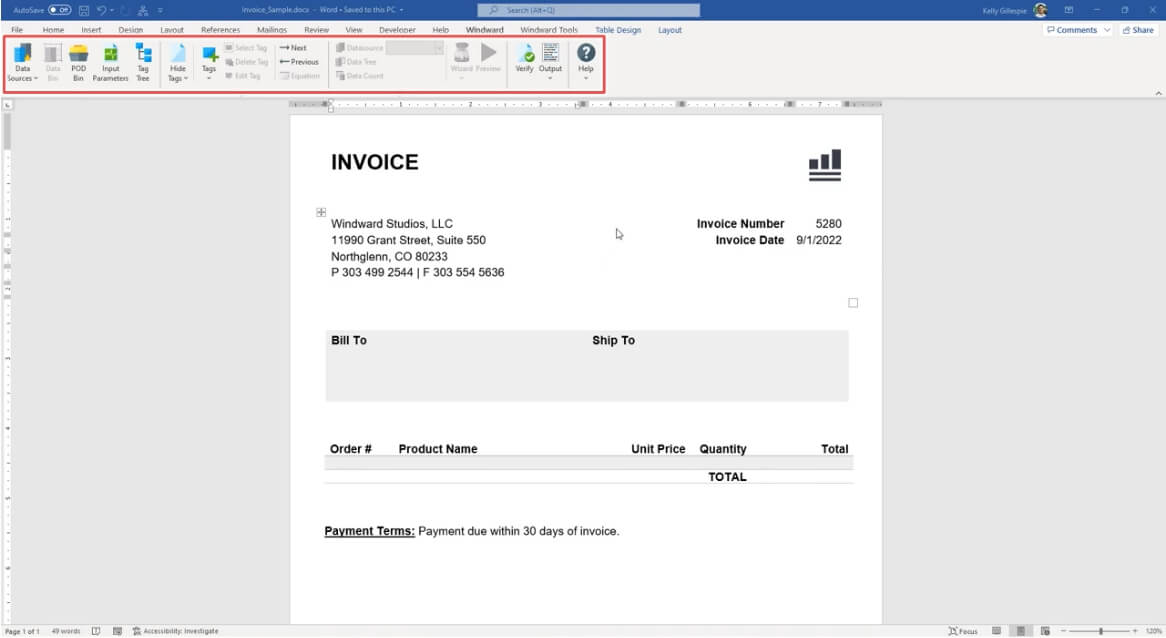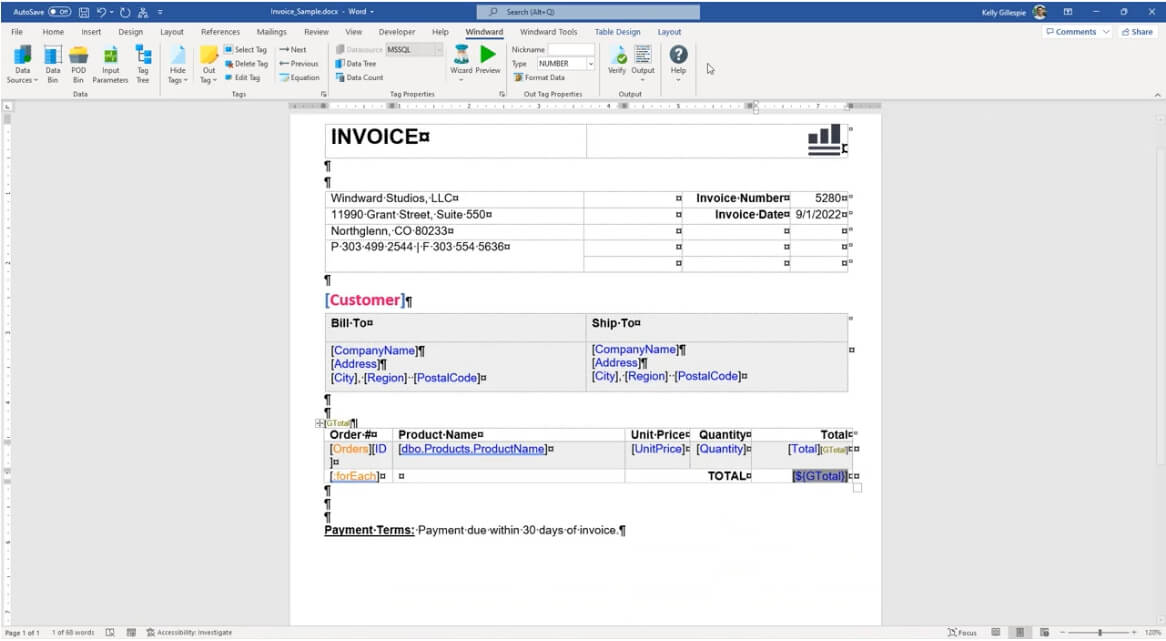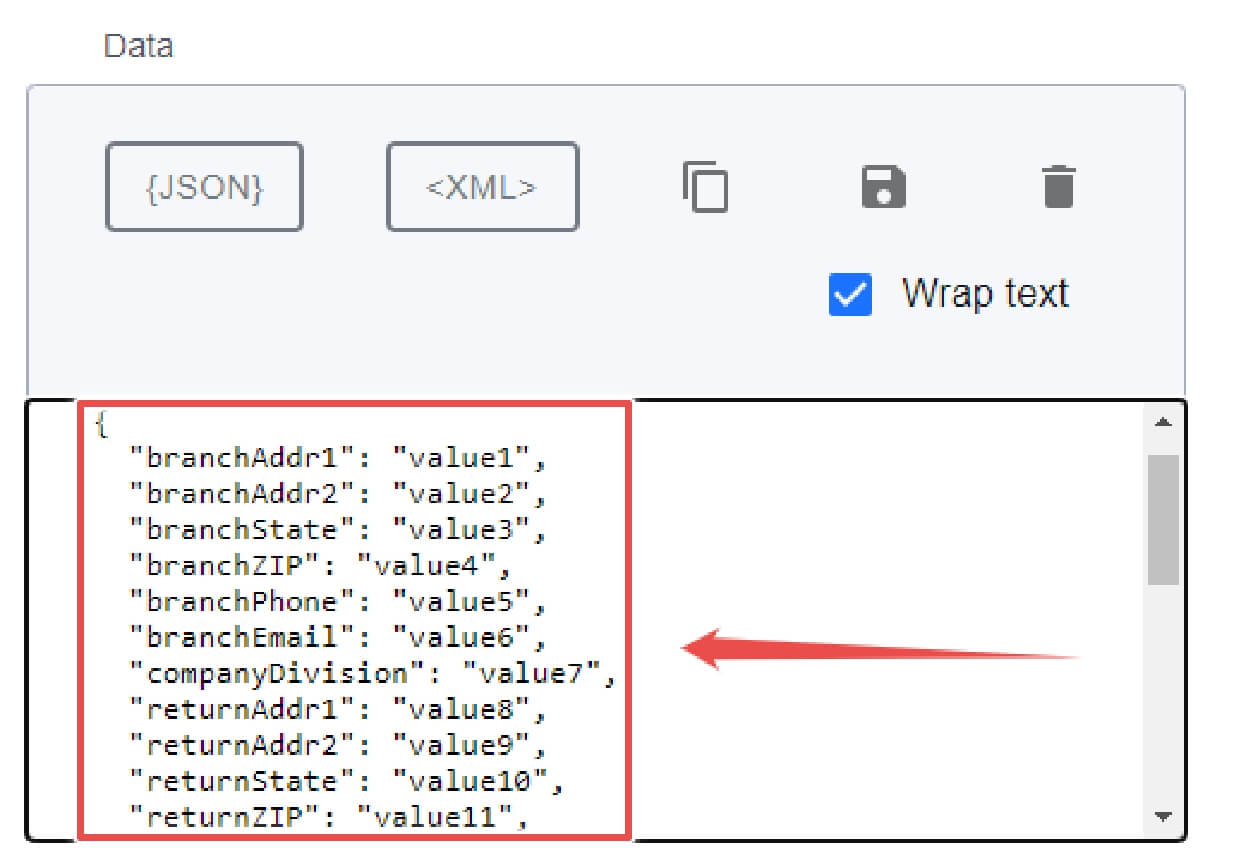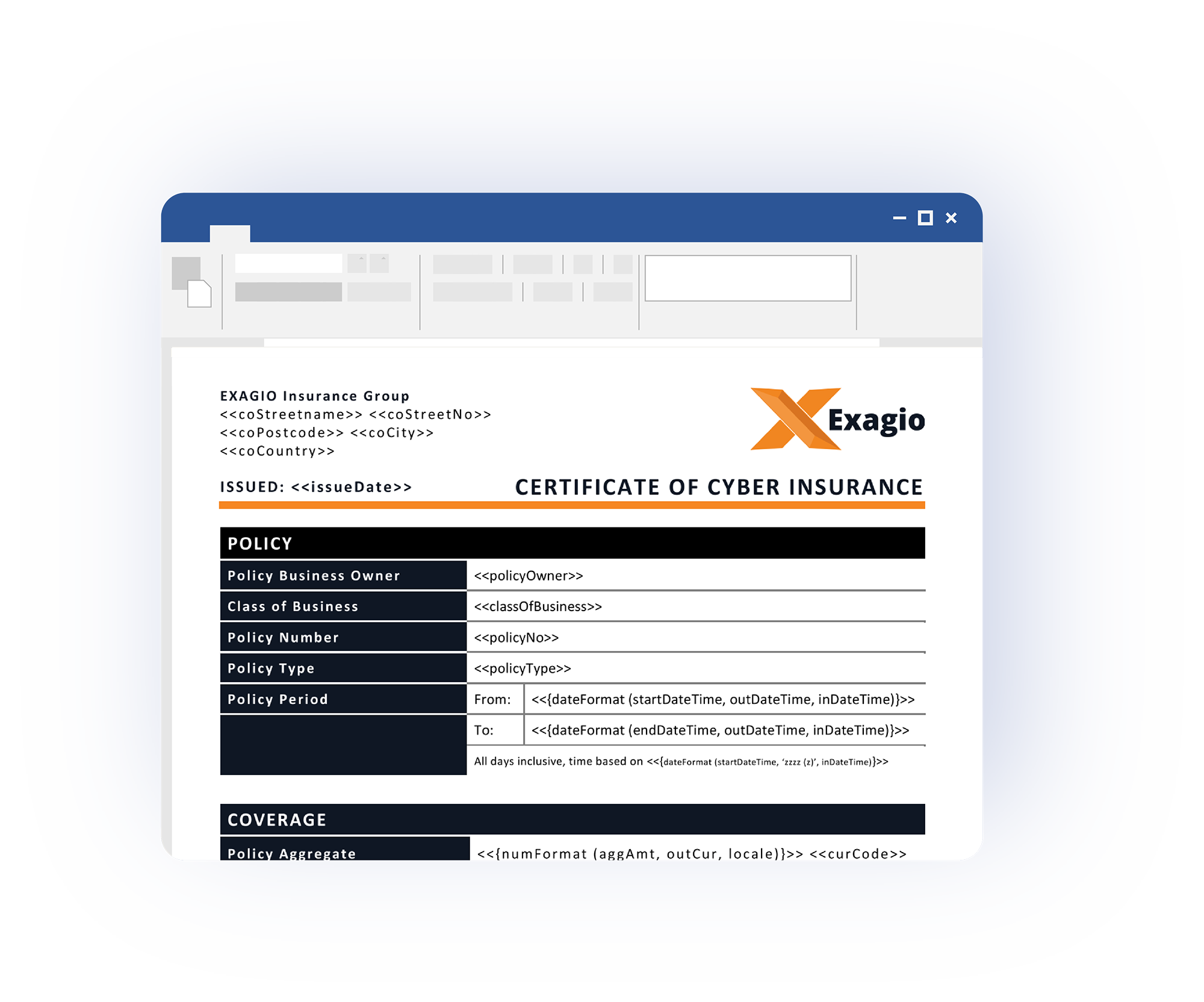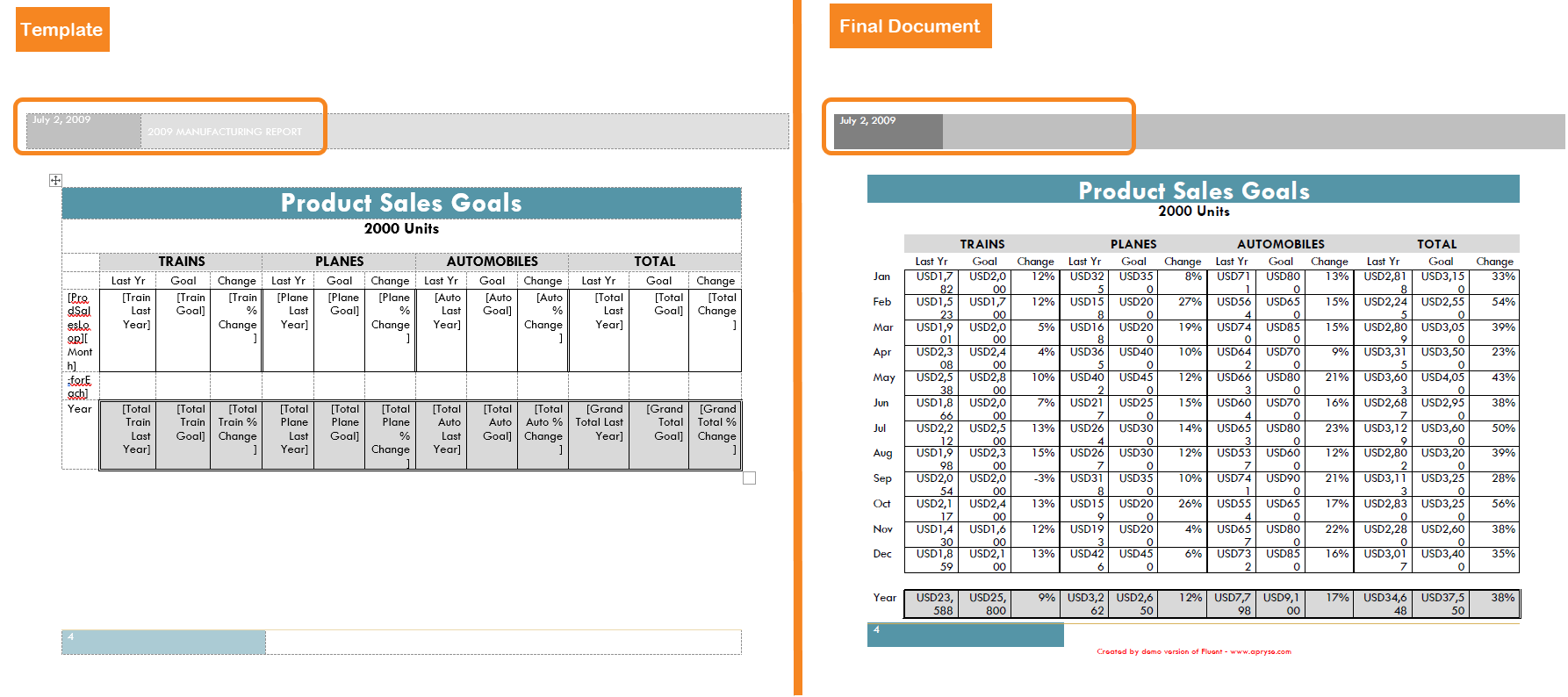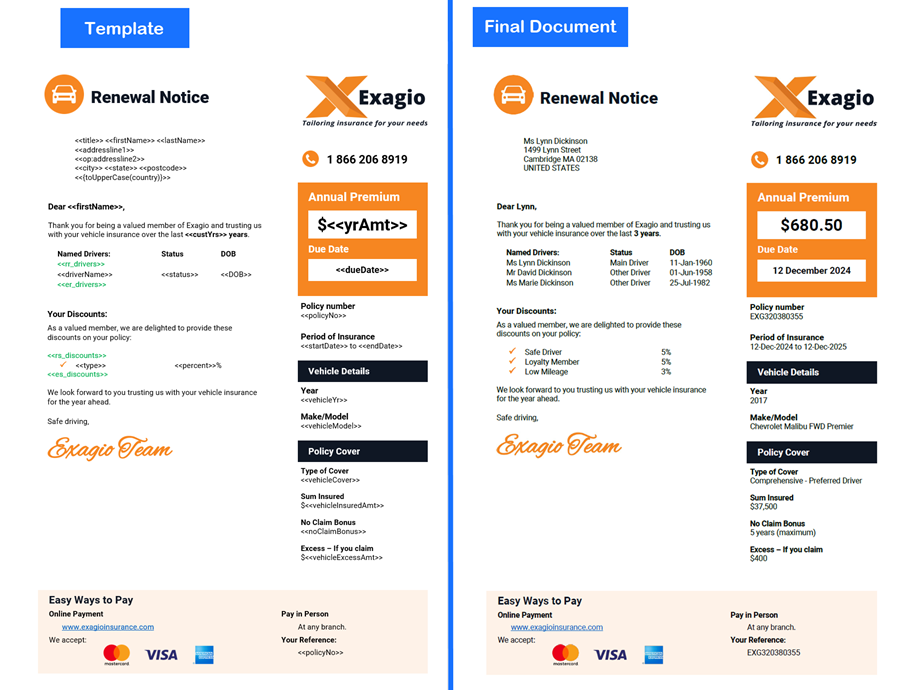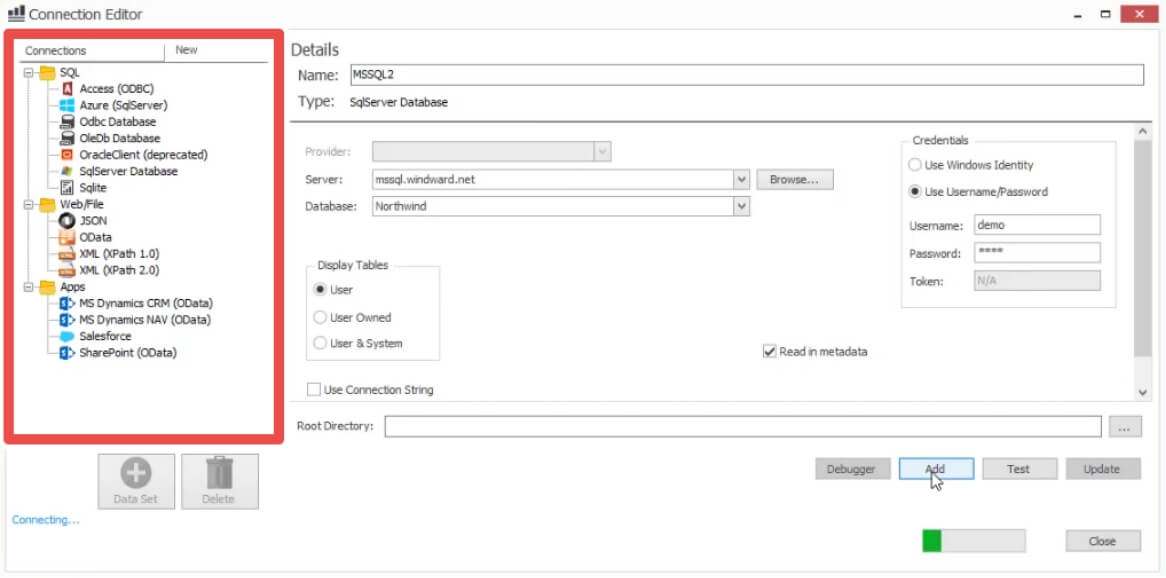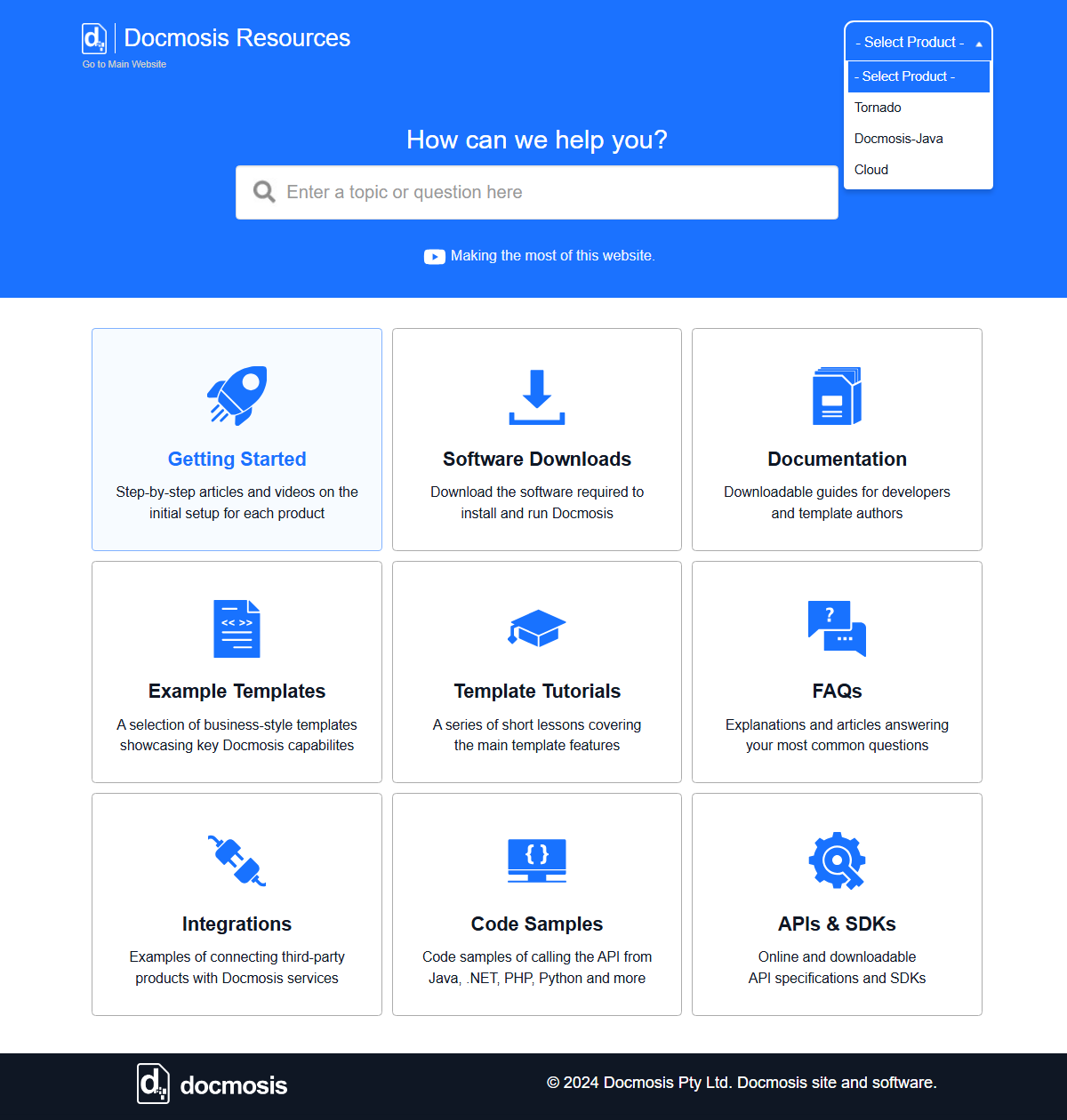Windward vs Docmosis
A Definitive Comparison in 2024
Windward Studios and Docmosis both provide software products that simplify the creation of business documents.
While it might seem they serve the same purpose, their subtle differences make them more appropriate for different uses.
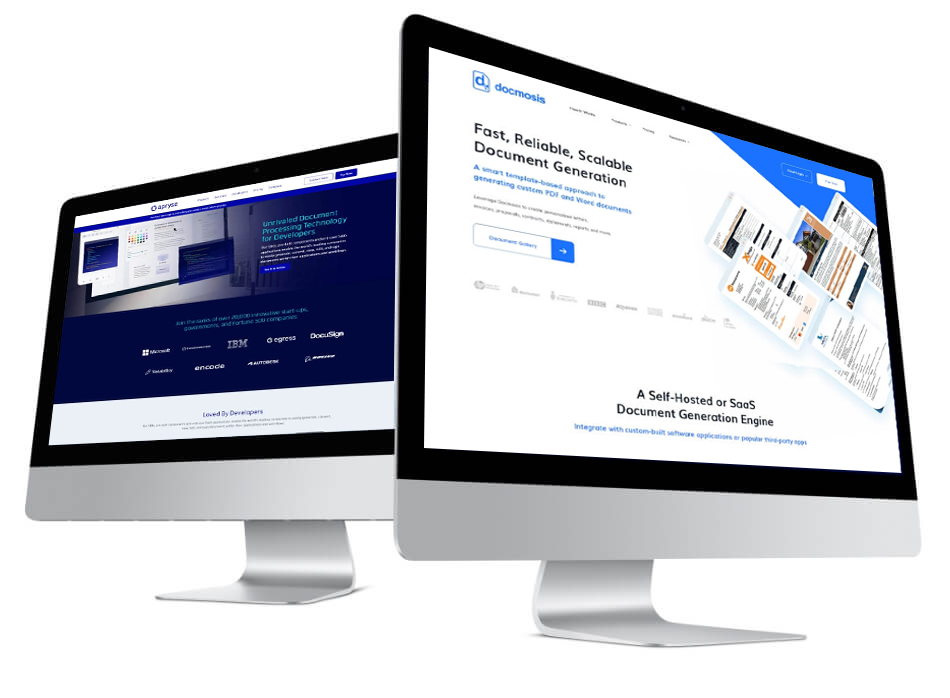
Windward (now Fluent by Apryse) is built for creating documents from templates with the ability to pull data from multiple data sources including SQL, Oracle, and DB2. It’s ideal for employees in large enterprises with decentralized data who want to automate the creation of their own reports without involving their tech team. However, it’s also known to break complex formatting, and users without some technical knowledge may find it difficult to use.
While Windward has issues with precise template-to-document conversion, this is where Docmosis shines. It’s a fast, reliable, and scalable solution, designed to integrate with custom business software or popular third-party apps to automate the document generation process.
This article discusses the differences between Windward vs Docmosis in their:
Price
Ease
of Setup
Creating
Templates
Data
Sources
Quality
of Output
Resources
& Support
If you prefer hands-on learning, sign up for a 30-day free trial of Docmosis.
| Windward Studios (now Fluent by Apryse) |
Docmosis |
|---|---|
| Price | |
30-day free trial Pricing is now hidden. Supposedly, the pricing went |
30-day free trial Cloud starts from $49/mo for 4,000 pages. Self-hosted prices start at $3,695 for a |
| Ease of Setup | |
Offers a self-hosted solution that’s |
Offers both SaaS and self-hosted |
| Creating Templates | |
Creating templates requires a license |
Templates can be designed |
| Data Sources | |
Connects directly and in real-time with |
Accepts JSON and XML data inputs via |
| Quality of Output | |
|
18 export options including DOCX, XLSX, |
Specializes in text-based paginated |
| Resources & Support | |
It’s hard to find specific support |
Resources are thorough, neatly |
| Best for | |
|
Document creation |
Creating business documents |
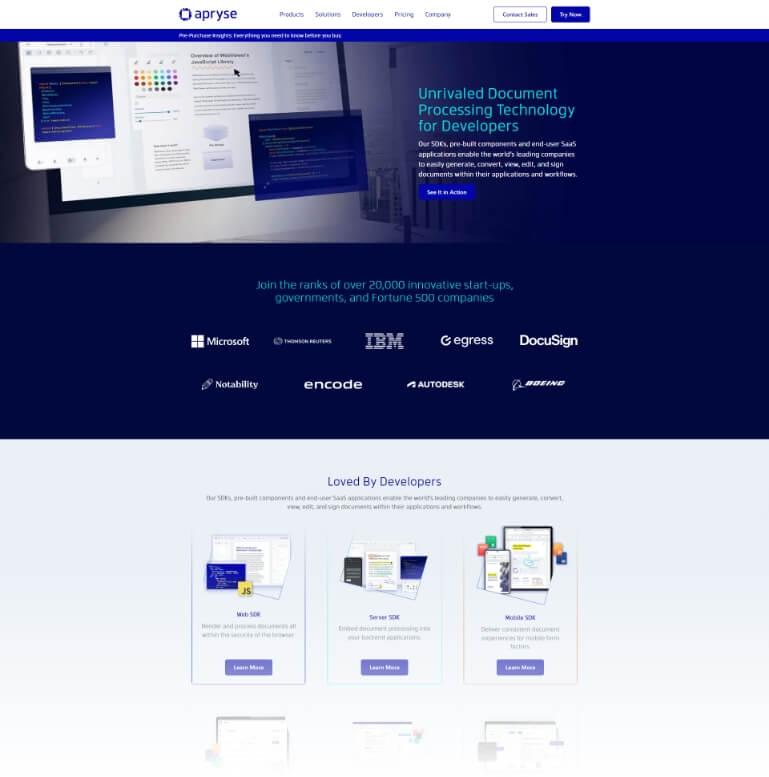
What is Windward?
David Thielen founded Windward Studios in 1996 with the belief that “no one should have to repetitively create any document” [*]. By 2021, it was acquired by PDFTron and then renamed again to Fluent by Apryse, but the core functionality stayed the same.
Windward provides a self-hosted platform made up of a template designer plugin, a template manager, and a document generation engine. The plugin integrates with Microsoft Office for designing templates, connecting them to multiple databases, and storing them in the template manager. Plus, the document generation engine automates the population of templates with data and exports final documents to formats like DOCX, XLSX, PPTX, and PDF.
Windward is best for large enterprises that want to generate documents like these, with data from multiple databases. However, it falls short if you want your export document formatting to look precisely like the template.
What is Docmosis?
Paul Jowett began work on the Docmosis concept in 2006 to answer two simple questions: What if business documents could be generated from templates? And what if these templates could be created by anyone using popular software they already know?
Docmosis offers three document generation products:
- Docmosis Cloud: an online SaaS solution that provides access to the Docmosis engine via a REST API.
- Docmosis Tornado: a self-hosted stand-alone solution that makes the Docmosis engine connectable with custom software applications via a REST API.
- Docmosis Java: a Java library, optimized for high performance, specifically for embedding in Java applications.
Regardless of the product, you can create templates with two of the most popular word processing software: Microsoft Word and LibreOffice, without installing any third-party plugins. To populate documents, Docmosis supports JSON and XML data sources sent to the REST API.
Docmosis is best for businesses that want to connect with external apps to generate documents like these (reports, proposals, contracts, certificates, invoices, and more) with advanced formatting and automation logic.
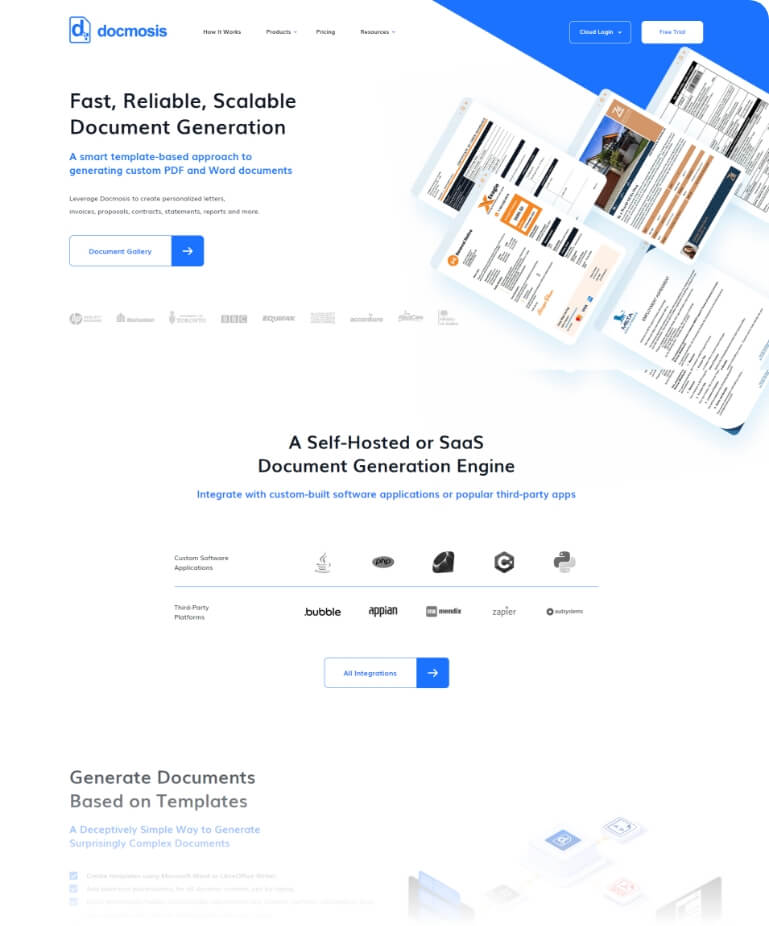
Windward vs Docmosis
Pros & Cons
| Windward (Fluent by Apryse) |
Docmosis |
|---|---|
| Pros | |
|
|
| Cons | |
|
|
Final Verdict: Windward vs Docmosis
| Windward (Fluent by Apryse) |
Docmosis |
|---|---|
| Best for | |
|
Large enterprises and employees who |
Businesses who want to generate |


